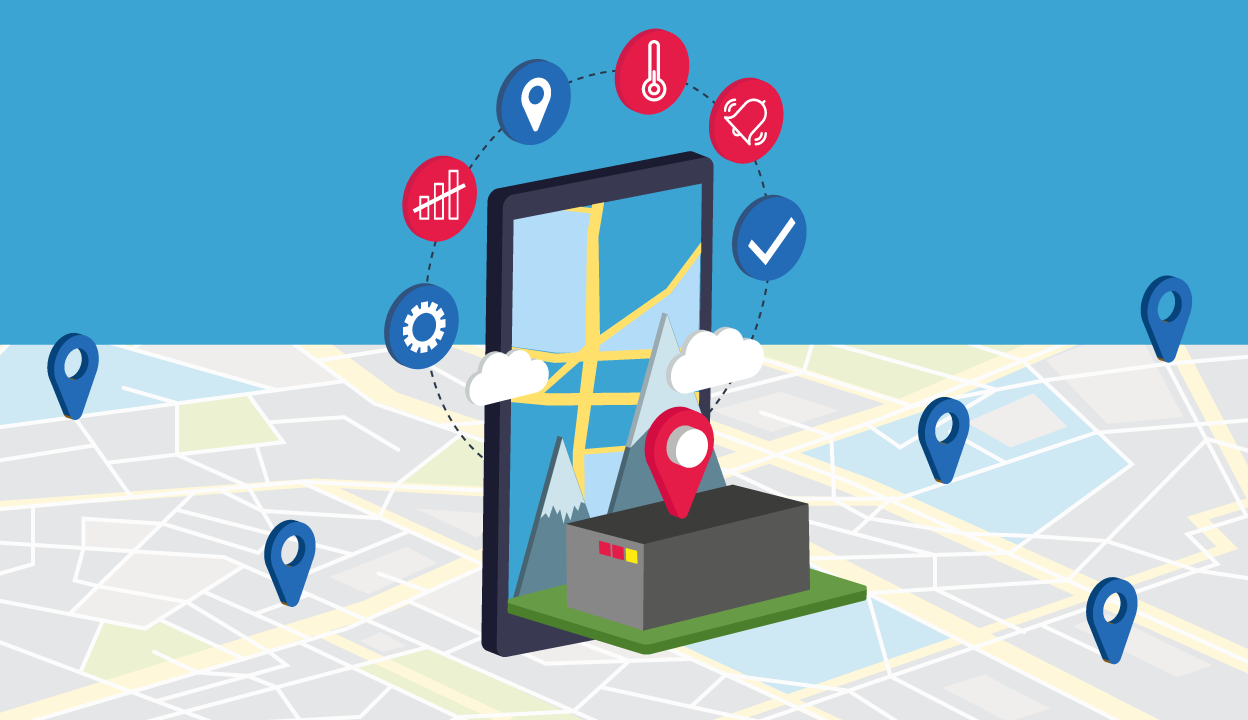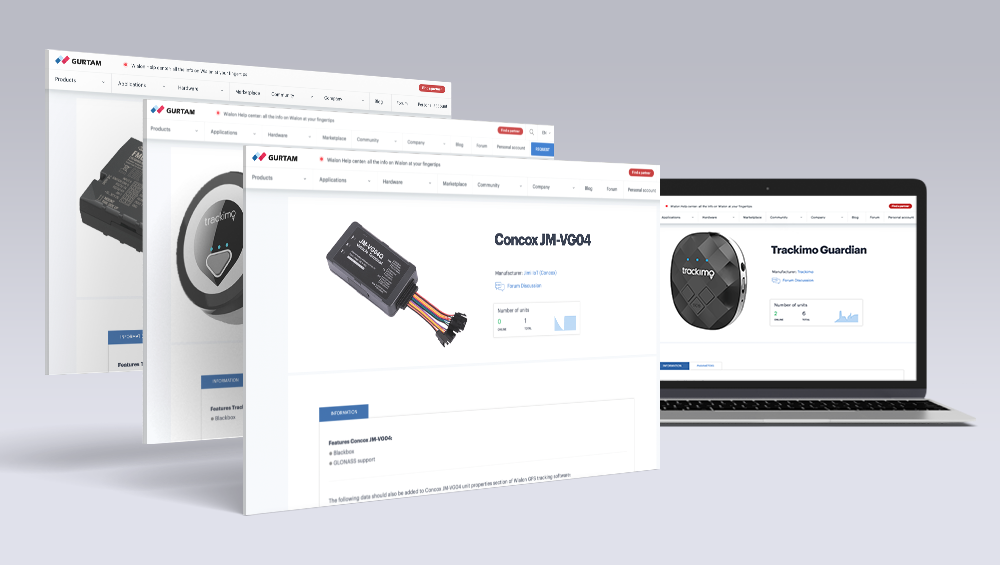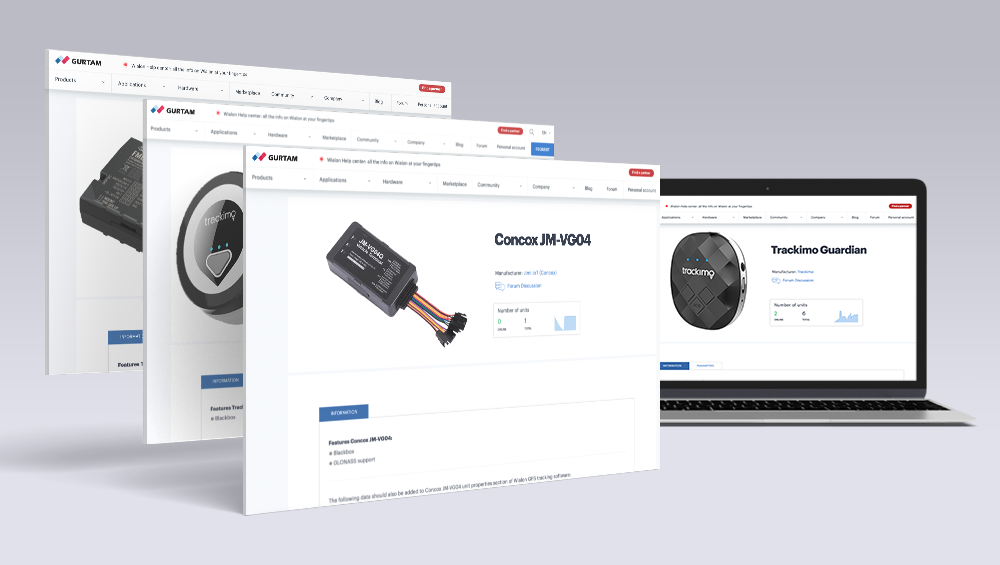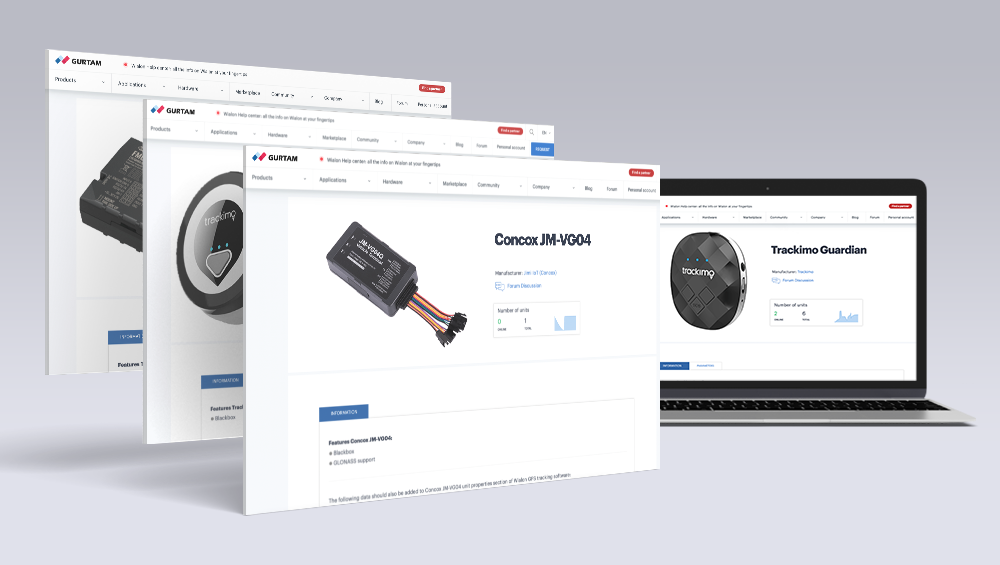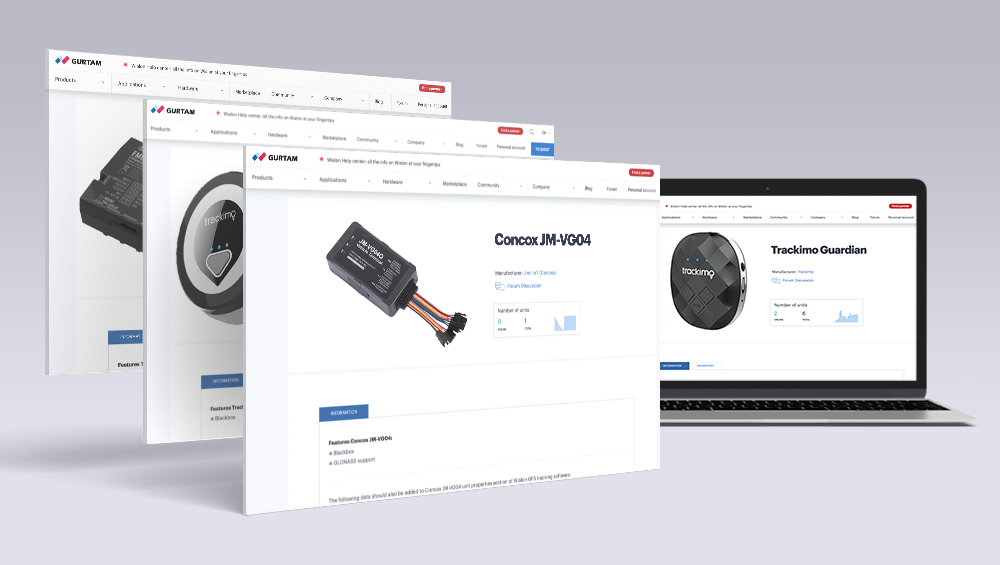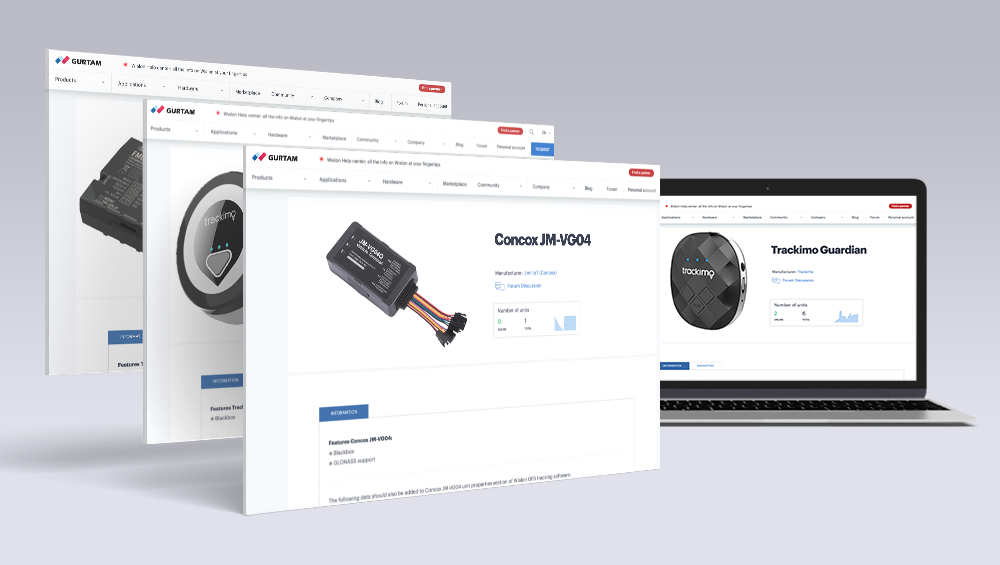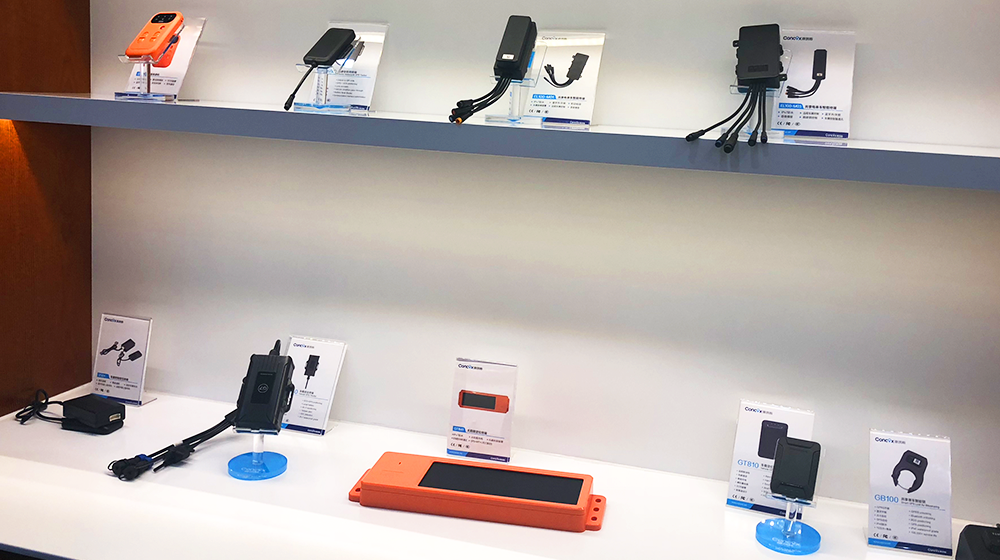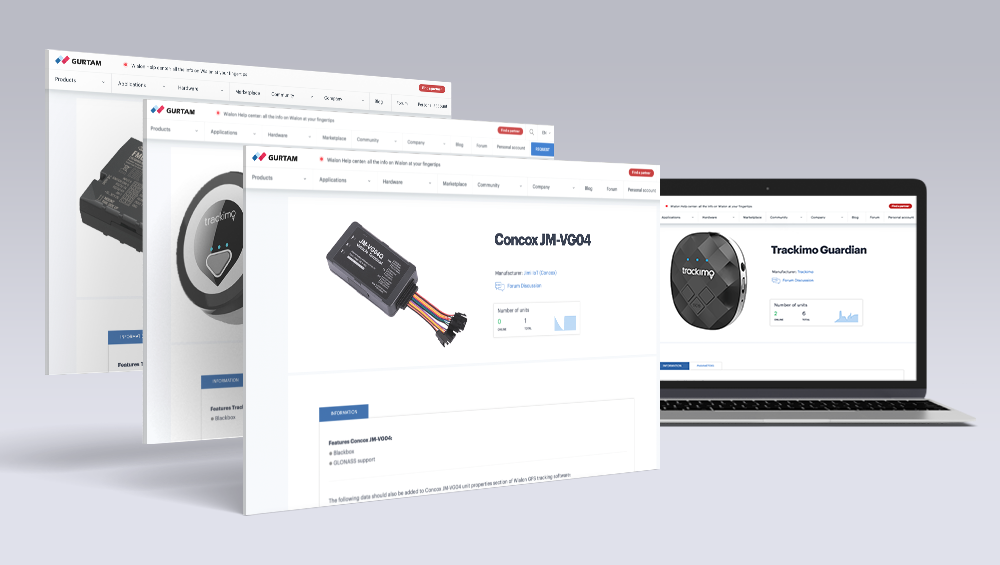Location Solutions, Gurtam partner in the UAE, developed a solution that analyzes GPS tracker activity in client fleets and assists in issue management.
We have 5,000 devices running, but which are inconsistent?
With Wialon supporting 1,500 types of equipment, Location Solutions take on clients with pre-installed hardware, try and test new models, and opt for non-standard GPS trackers for specific projects. So once they ended up working with a hundred types of devices from 30 manufacturers.
And all those hardly demonstrate the same stability. That way, techsupport was showered with similar questions, while problem solving and analysis took away all time and efforts. The team faced the necessity of error reports compilation and analysis to exclude the inappropriate types of hardware from the list of installable devices. The ASAP task taking into account that hardware stability was guaranteed by SLA.
That’s how the idea of Fleet Health appeared... Now we see the product itself – the application that detects and analyzes hardware failures and notifies dispatchers of the issues.
Fleet Health. The app reflecting on the experience of techsupport
The solution gets data from GPS trackers connected to Wialon, scans and analyzes their performance in real time:
- detects hardware activity;
- records issues;
- describes problem and solutions for support employees.
The app reveals deviations – both standard (connection loss or bad GPS reception) and non-standard (the device sends too many messages and consumes extra mobile data or send messages with unchanged location). Total 13 types of issues from those usually applied to Location Solutions technical support.
Challenging tasks – simple navigation
Check out the summary info on the starting page called Dashboard, detect problems, and get down to work.
The interface comprises 5 tabs: devices, platforms, hardware types, drivers, and issues. Each tab displays information in tables, charts, and on the map. Indeed, each tab is a dynamically updated report on the equipment set and its performance.
How it's seen: comprehensive “Overview”
Again, each tab contains “Overview” tables becoming a reference book for hardware, drivers, platforms, and issues. Here, you can study the problems from multiple angles. For instance, in terms of:
- specific GPS trackers or hardware types (here’s how we detect inappropriate equipment);
- definite time periods (a tracker performing well for several months and demonstrating malfunctions within a week – check out what has changed for the last 7 days);
- drivers (as soon as the driver is at the wheel, onboard telematics goes down – strange, isn’t it?).
You determine the information to be displayed in the table by means of sorting and filtration, for instance:
- while studying “Issues” you can leave only the information on connection loss and problems with, say, Ruptonika FM2 tracker;
- and working with “Devices” overview you can filter the list of trackers to get only those not sending messages for a long time.
And so forth on each tab and for each parameter and issue. This way you get only relevant information in a report file.
Everything in details
While studying “Overview” tables you can drill into the information on trackers, drivers, and issues by clicking “Details” button.
- In “Device” overview you can see through hardware characteristics, mileage based on Wialon data, and the number of messages and issues;
- In “Drivers” overview – the additional info on those behind the wheel, plus their penalties and fees.
- In “Issues” review – the types of problems and possible solutions
The map
The map shows the territorial distribution of devices and issues occurred, plus the last location of the unit.
Dispatcher notification
Dispatcher gets information messages and responds to the emerging issues in real time. These notifications can be triggered by a parameter in a message or pre-set issues. Additionally, you can appeal to statistics providing a comparative analysis of various GPS trackers in terms of their performance. As a result, the company knows the best and the worst devices, and it contributes to the decision of equipment replacement.
For example, if there’s bad GPS reception or it consumes mobile data as if the driver was watching movies online, Location Solution dispatchers inform the client and send a maintenance team to the site. Moreover, at once they realize if the problem lays in the equipment, or is it all about software configuration or connectivity.
Oh, I mentioned nothing about “Platforms” tab, but it’s very simple. Make sure to have only Wialon system in the list ;).
The result is
You stop getting complaint calls from your clients.
You start calling and warning them about the problems.
Feel interested? Contact us at marketing@gurtam.com, and we’ll introduce you to the developers. Or you can contact Location Solutions directly at apps@locationsolutions.com. Anyway, you'll meet them at Telematics 2018 Gurtam partner conference in August.
P.S. Fleet Health development never stops. And here are the new functions coming.
- The option to plan hardware integration specialists’ activities based on equipment performance data;
- Detailed description of every emerging issue;
- Access hierarchy for administrative and technical staff.
